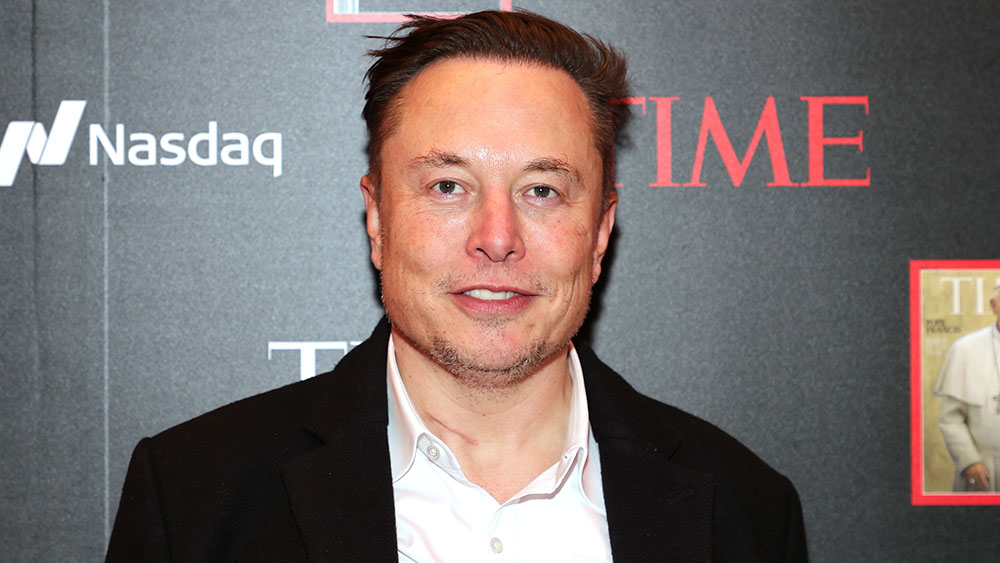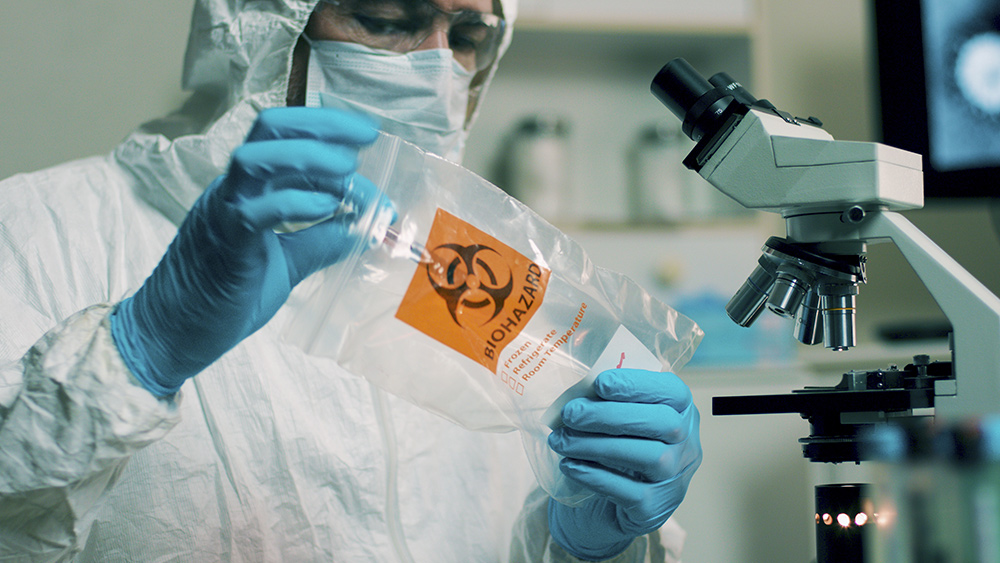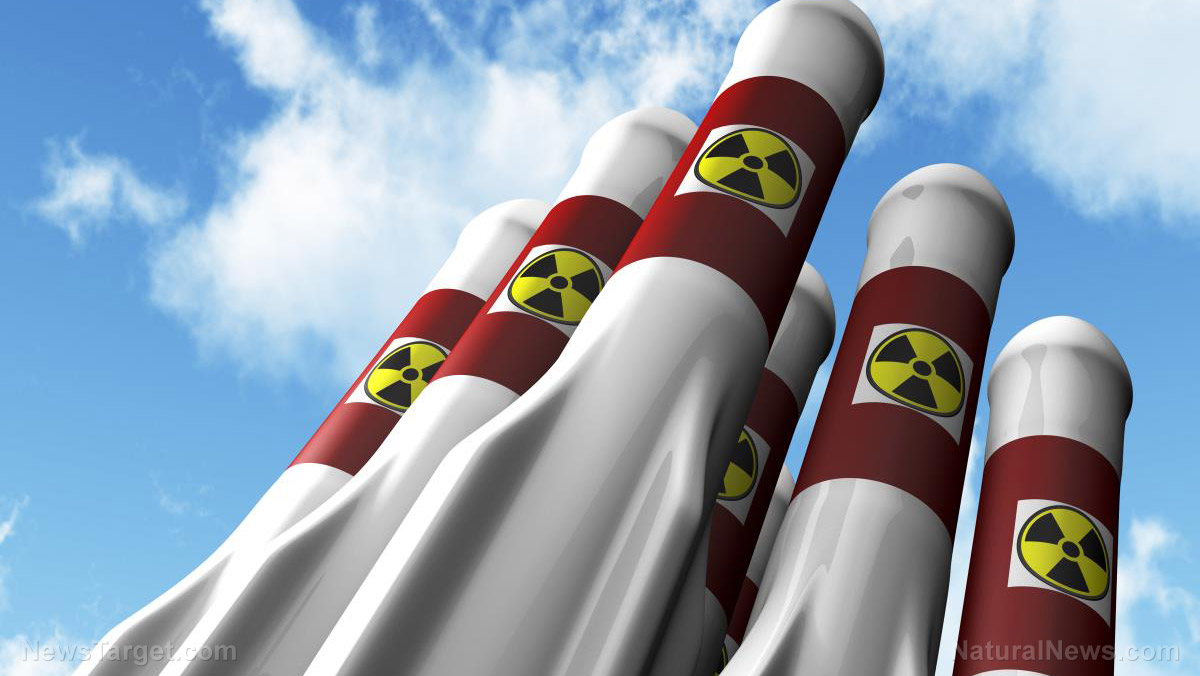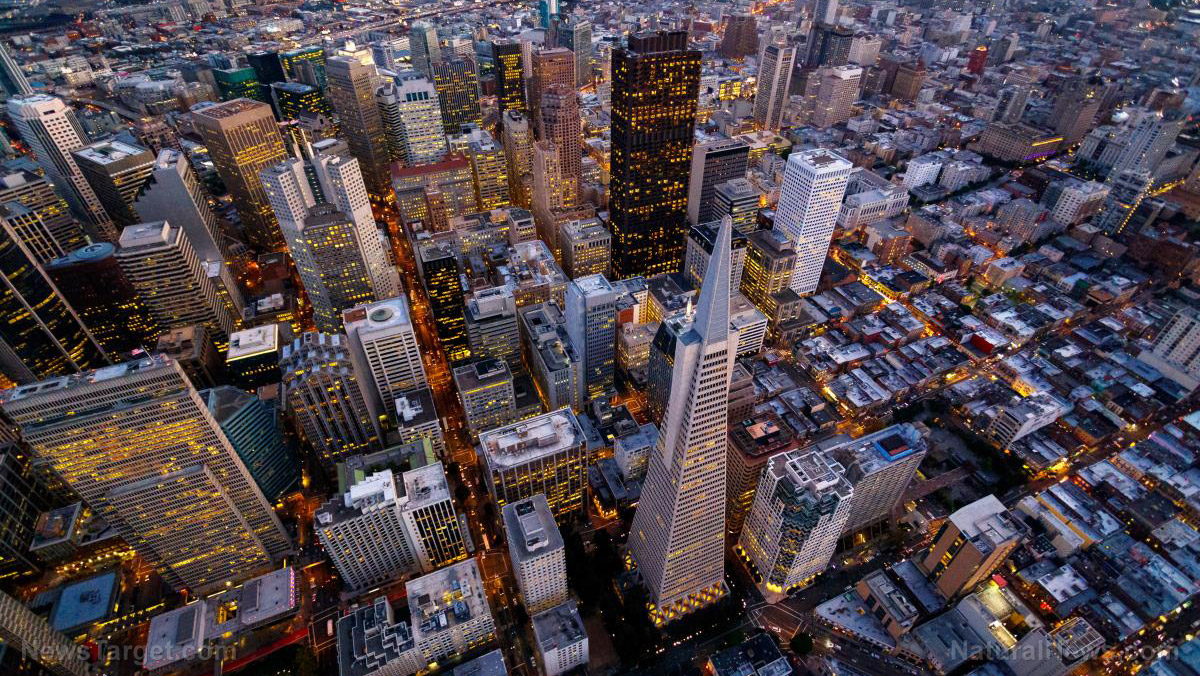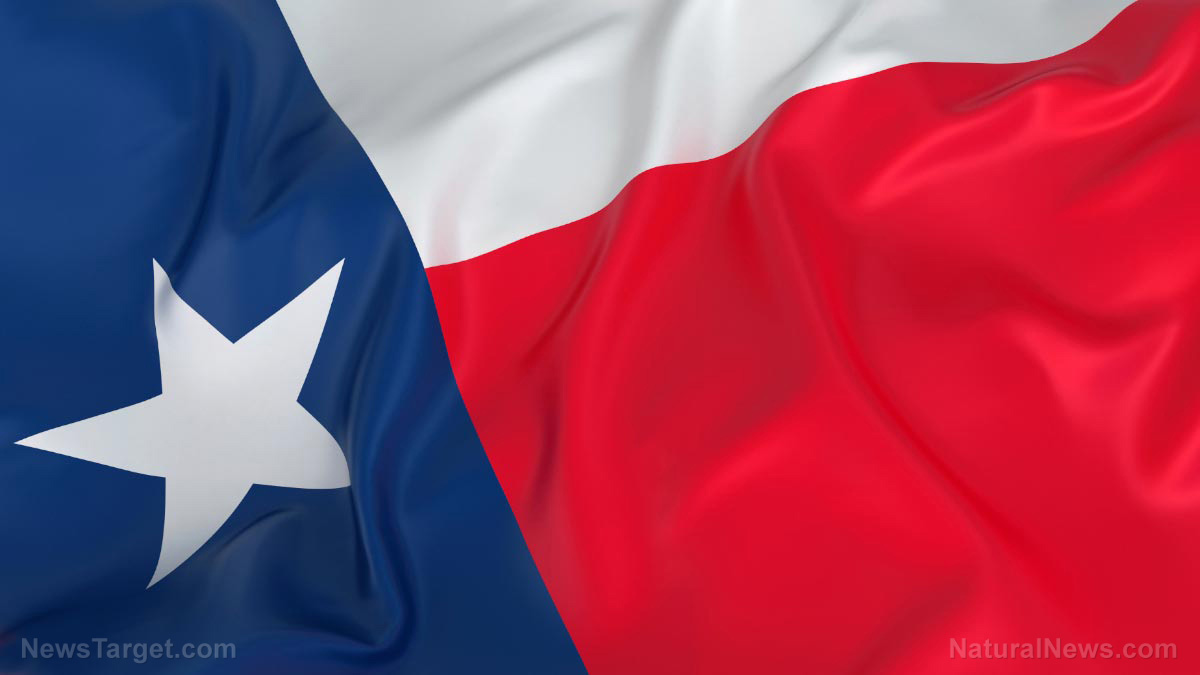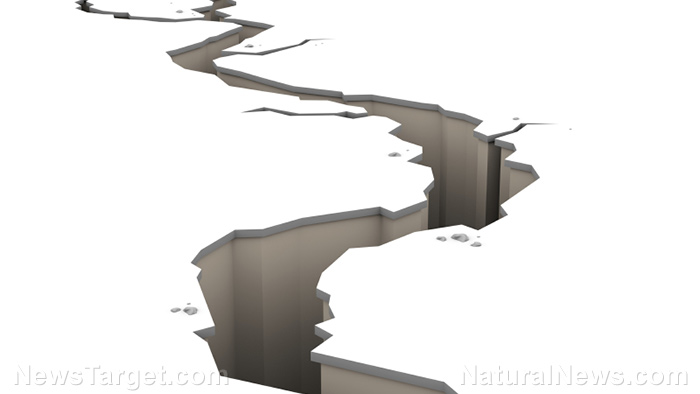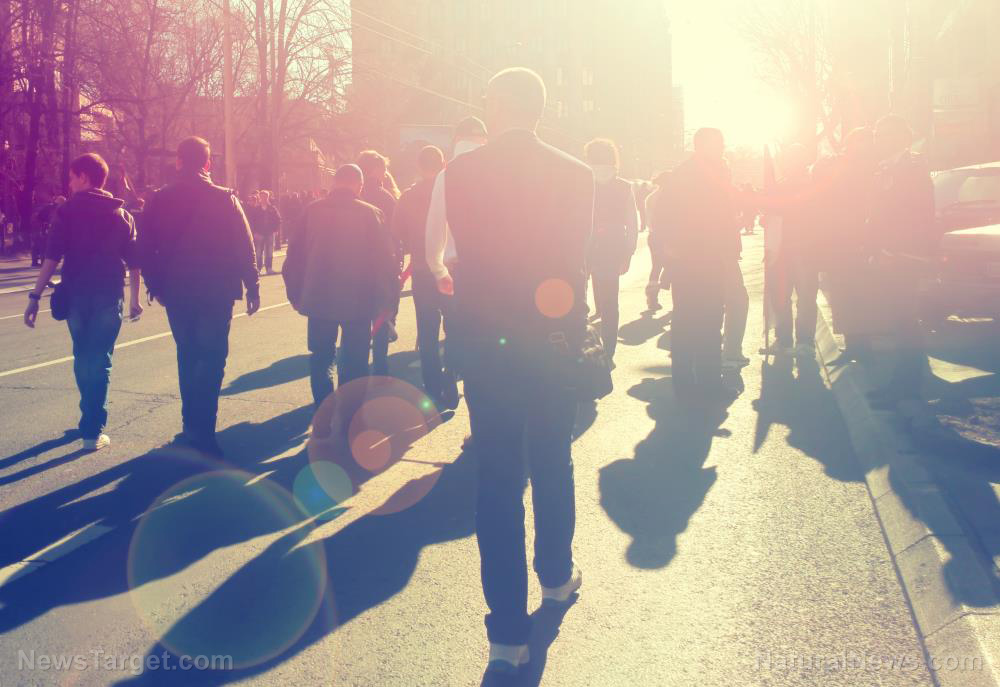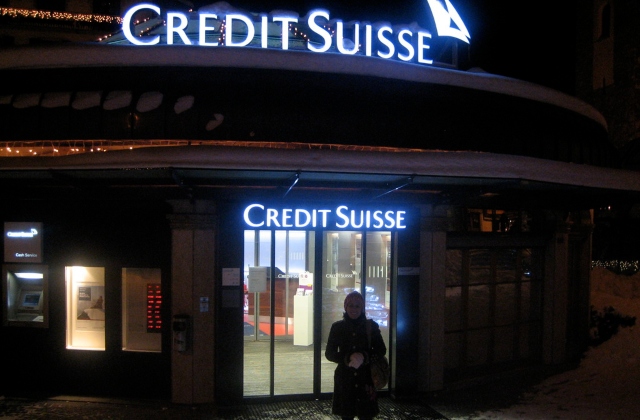Biden’s policies are killing U.S. economic growth as 1st quarter activity takes a nose dive amid high interest rates
04/30/2023 / By JD Heyes

President Joe Biden’s economic policies are proving to be even more disastrous than first thought, as the federal government’s own figures indicate.
In the first quarter, the U.S. economy grew by paltry 1.1 percent, a decrease from a still-measly 2.6 percent growth seen in the fourth quarter, as per the Bureau of Economic Analysis (BEA). The growth rate also fell short of the anticipated 2 percent as projected by economists, The Epoch Times reported.
“This was the slowest quarterly growth since the second quarter of 2022,” the outlet continued.
Over the past year, the Federal Reserve has raised interest rates, resulting in an increase of the benchmark Fed funds rate by 475 basis points, the highest level since late 2007, but it should be noted that the Fed had to raise rates in order to combat the massive inflation caused by massive Democratic spending bills that Biden signed, adding massive amounts to the national debt.
Currently, the target range stands at 4.75-5.00 percent. According to the CME FedWatch Tool, investors anticipate the Federal Open Market Committee to raise rates by another 25 basis points at the upcoming policy meeting next month. The rising-rate environment has caused borrowing to become more expensive, making it challenging for businesses and consumers to manage with the already heightened inflation.
And the inflationary cycle isn’t done, apparently.
The latest quarter brought a surprising surge in inflation for market observers. The GDP Price Index, which measures the prices of goods and services produced in the United States, unexpectedly increased to 4 percent during the first three months of 2023. That marks an increase from the previous quarter’s 3.9 percent and exceeds the market’s predicted rate of 3.7 percent, The Epoch Times noted.
“Unfortunately, the sharp slowdown in economic growth last quarter was not sufficient to temper price inflation,” Scott Anderson, chief economist at the Bank of the West Economics, wrote in an investor’s note. “Despite weakening growth and the elevated probability of a mild U.S. recession on the horizon, we believe persistent core price inflation will prompt the Fed to raise interest rates by another quarter percentage point next month before an extended pause.”
During the first quarter, there was a significant rise in the personal consumption expenditure (PCE) price index, increasing from 3.7 percent to 4.2 percent. The observed rate was much higher than the anticipated 0.5 percent. Similarly, the core PCE price index, which does not include the volatile food and energy sectors, climbed to 4.9 percent.
In the first quarter, the GDP Sales Index, which calculates the goods and services produced for sale in the national economy, surged to 3.4 percent, surpassing the market’s predicted rate of 2.3 percent. The observed growth was also higher than the 1.1 percent increase in the fourth quarter.
The expansion in the real gross domestic product (GDP) was primarily driven by increased consumer and government spending, as well as exports. However, this was offset by declines in private inventory investment and residential fixed investment, the news outlet noted further.
Quarter-over-quarter, real consumer spending surged by 3.7 percent, compared to 1 percent previously. Despite a strong start to the year, Morning Consult’s chief economist John Lee highlighted that “the consumer ended the quarter on a sour note, calling into question the sustainability of economic growth moving forward.”
“While private investment may pick back up later this year, it tends to be highly volatile from quarter to quarter,” he told the Times in an email. “Without a robust consumer, we’re likely to see more volatility and uncertainty in economic activity through the end of the year.”
“The economy’s biggest problem now is inflation, a direct result of the government’s COVID-related stimulus. The price of stimulus today is always a slowdown tomorrow, and now it’s tomorrow,” added Ryan Young, senior economist at the Competitive Enterprise Institute, in an email.
“Trillions of dollars of stimulus spending and money creation caused the inflation that the Federal Reserve is still struggling to bring down. Rising interest rates are a necessary part of that effort, but they are a major reason why GDP growth is only about half what it should be. Stimulus is never free,” he added.
Sources include:
Submit a correction >>
Tagged Under:
Biden economy, Bidenflation, cancel Democrats, Collapse, Congress, core price inflation, Democrat spending bills, democrats, Dollar Collapse, dollar demise, economic collapse, economic riot, GDP, Inflation, Joe Biden, national debt, pensions, risk, struggle, Vote Republican, White House
This article may contain statements that reflect the opinion of the author
RECENT NEWS & ARTICLES
COPYRIGHT © 2017 CHAOS NEWS

